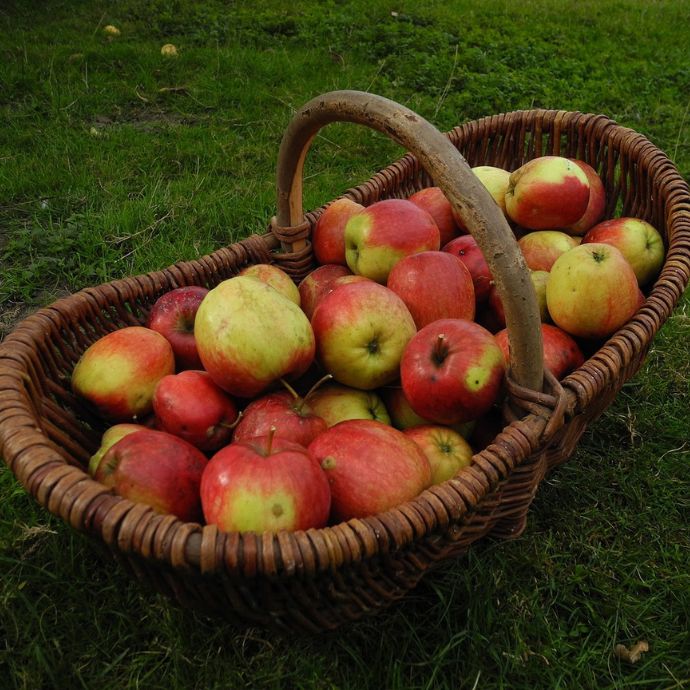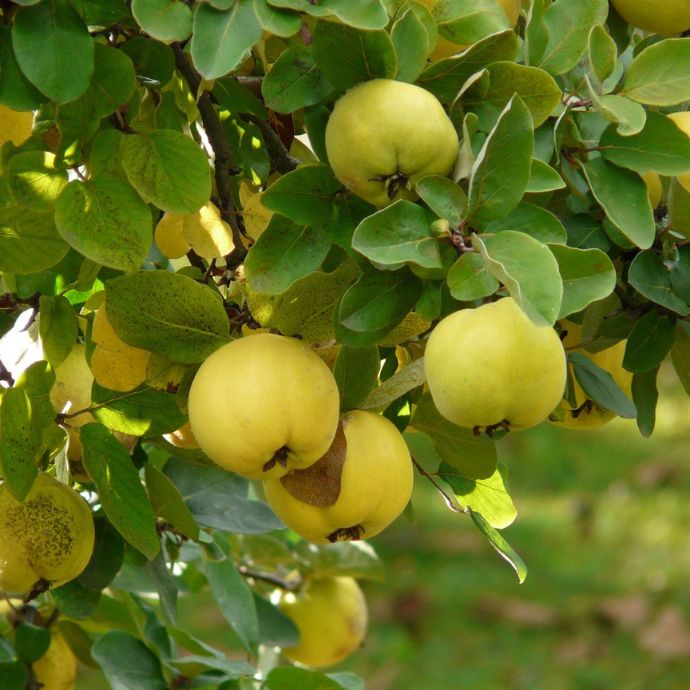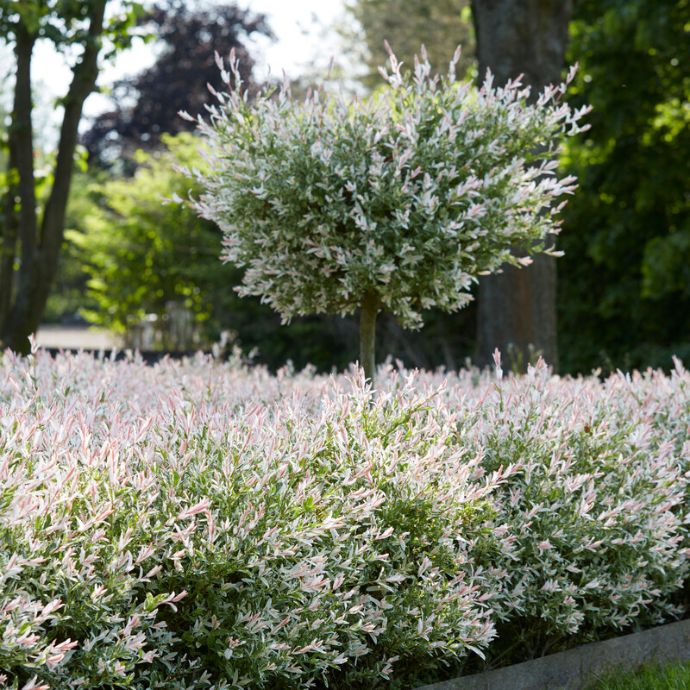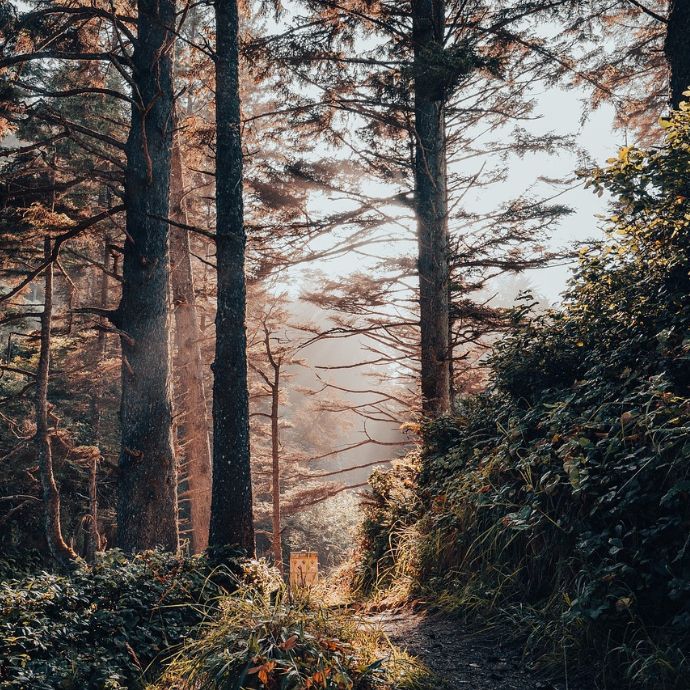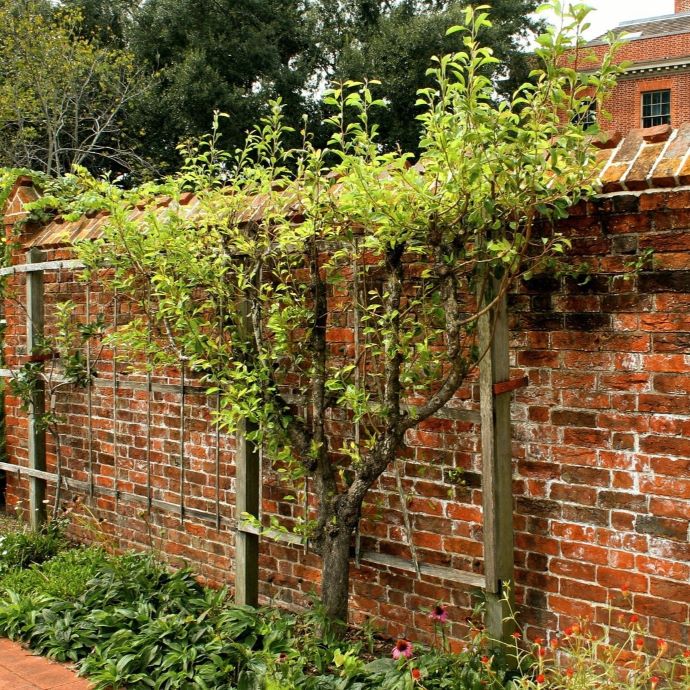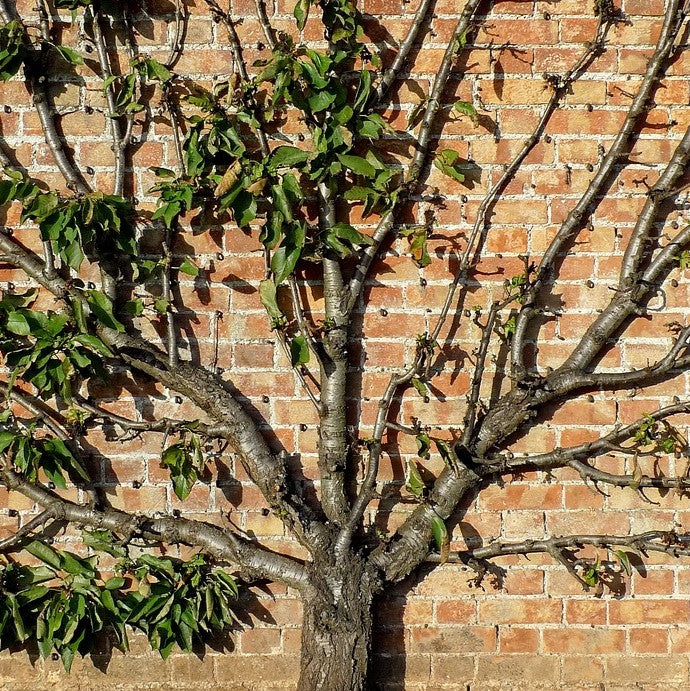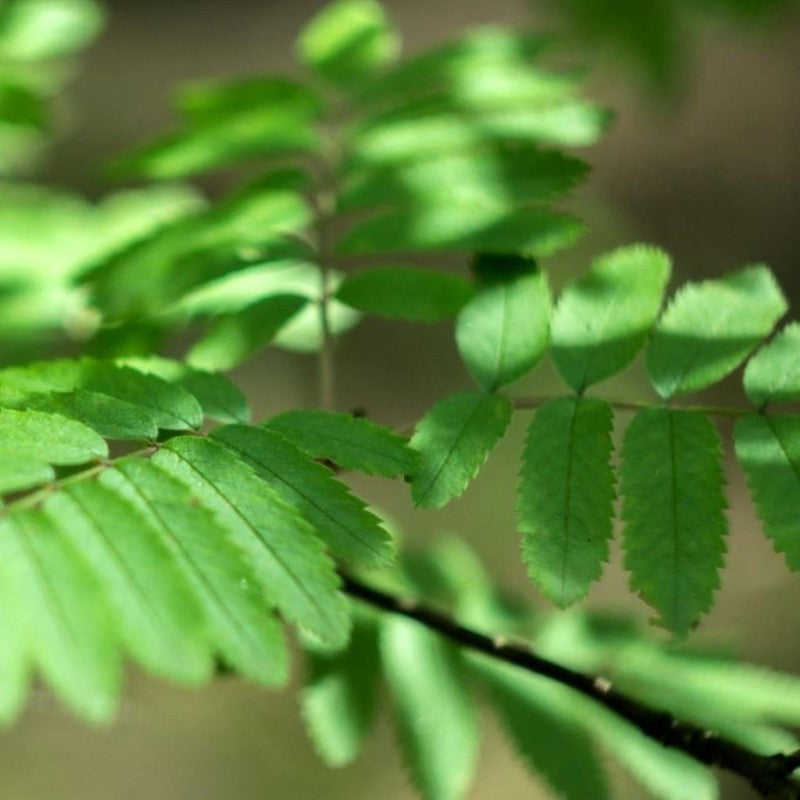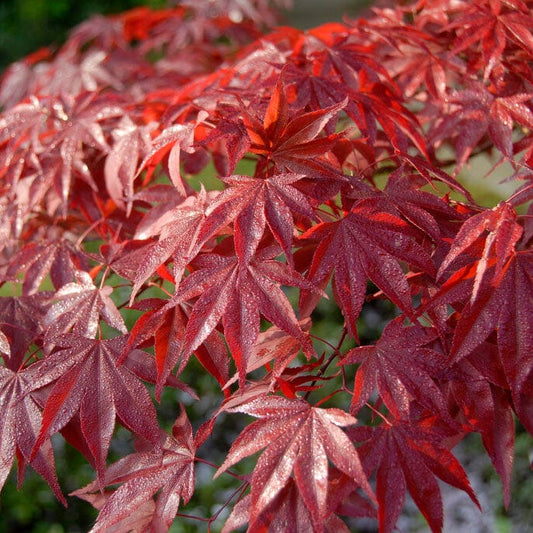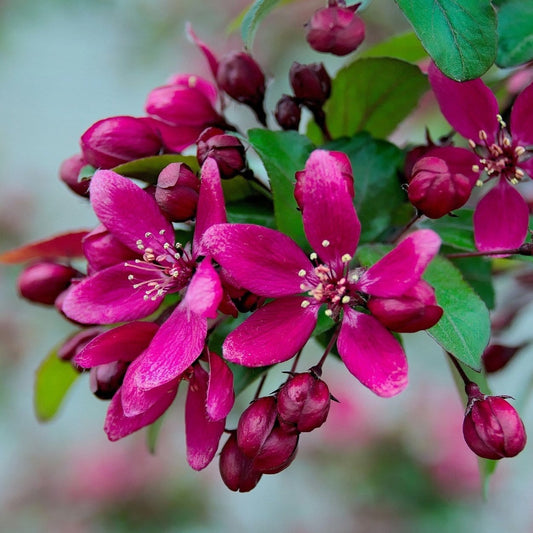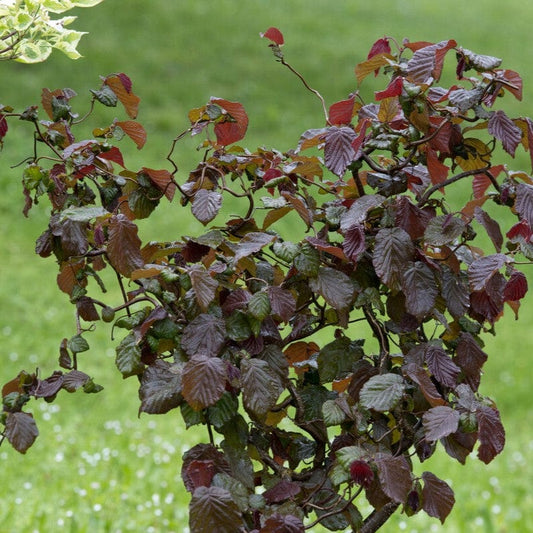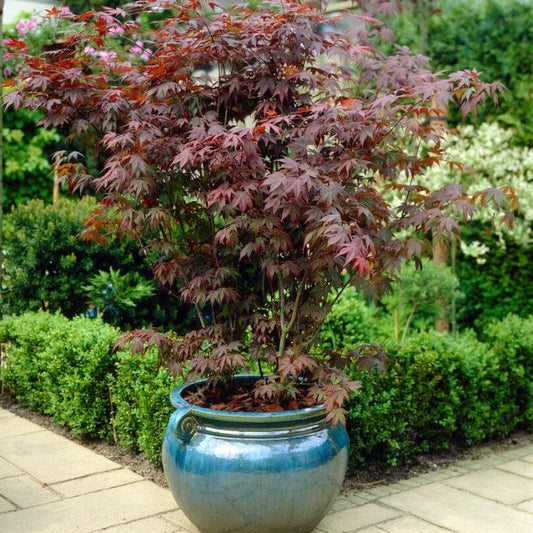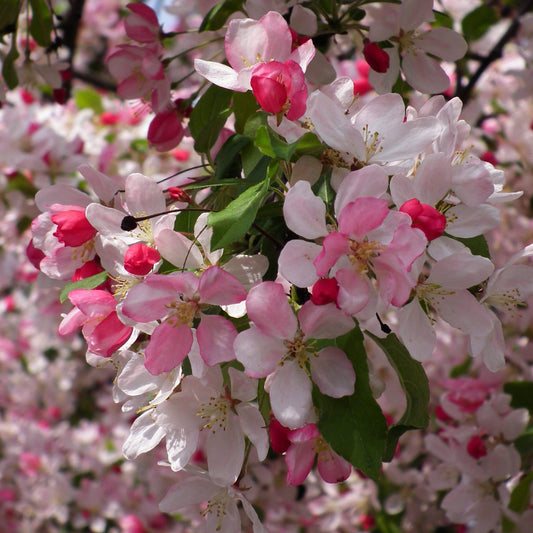Ginkgo Tree Facts
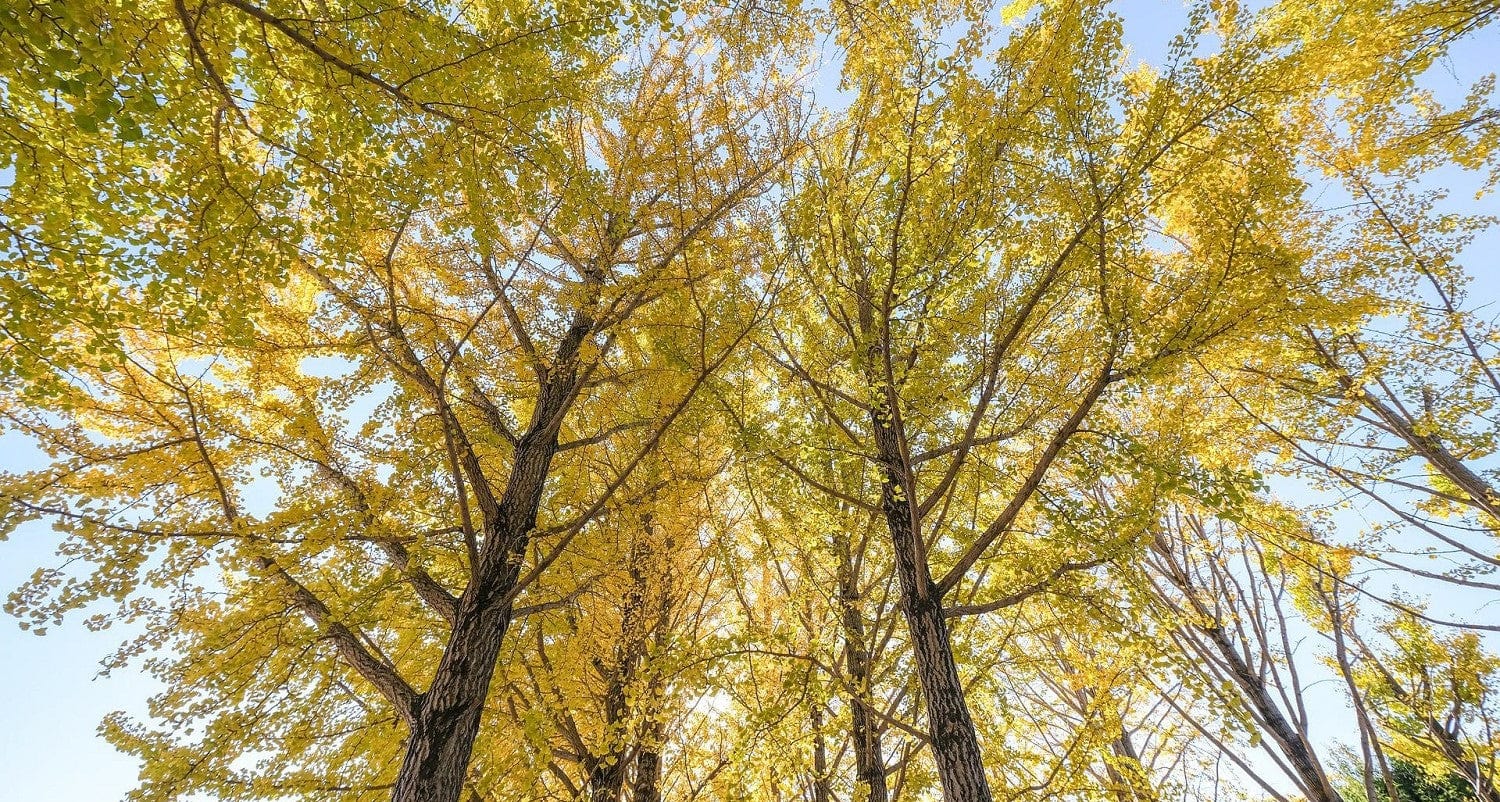
Asking for a T-Rex: why have Ginkgo Biloba trees survived so long?
Living fossil? Survived the dinosaurs AND an atomic bomb? So many questions surround the ancient and mysterious Ginkgo tree. We did a deep dive into its fascinating prehistoric world to get some answers and uncover surprising Gingko tree facts.
How long have Ginkgo trees existed?
It’s thought that Ginkgo trees have existed as a species, virtually unchanged, for over 200 million years. Ginkgo fossils dating back 170 million years to the early Jurassic period have been discovered in China, with only tiny variations in the number of seeds and the fan-shaped leaves that we see on the tree today. It’s one of a select few species that are referred to as living fossils (others include horseshoe crabs and royal ferns) because they’re remnants of a whole family of diverse life forms that existed millions of years ago and have somehow survived. Because Ginkgo trees are so ancient, they retain characteristics that no modern trees share.
How long do Ginkgo trees live?
Ginkgo trees can live for over a thousand years - there’s one in Beijing that is reputed to be 3,500 years old (analysis continues!) but the oldest documented specimen is the Ginkgo at the Gu Guanyin Buddhist Temple in Xi’am, China, which is over 1,400 years old. Each year crowds of people gather to watch it drop its golden leaves, and the tree is still in perfect health. The oldest specimen here in the UK was planted in 1762 and can be seen at Kew Gardens.
Can you eat Ginkgo fruit?
Technically yes, but we wouldn’t bother. If you can get past the revolting smell (see below) the fruit apparently tastes like plums, but is also mildly toxic. The nuts inside are traditionally used dried in soups or congees and can also be toasted - but consume in moderation as excessive amounts have been associated with poisoning or even convulsions. Even better, extracting the nut from the fruit without wearing gloves can result in dermatitis or blisters similar to those caused by poison ivy. So the short answer is yes, but why would you?
How can you tell if a Ginkgo tree is male or female?
It’s generally only male Ginkgo trees that are planted in gardens and parks, but why is this? There’s a crucial difference between the sexes. Male trees only produce pollen, but female trees produce seeds encased in a fruit with one of the most hideous smells known to humanity (or dinosaurs). The scent is described as similar to rotten camembert and is thought to have evolved to attract carnivorous animals which would then spread the seeds around via their faeces.

Yikes. How can I make sure I don’t get a tree that makes me want to burn my garden down?
Don’t worry - Roots only sell male Ginkgo trees for this very reason!
Are Ginkgo trees rare?
Humans get a bad press for causing extinction, but in the case of the Ginkgo Biloba, we actually prevented it. Ginkgo Bilobas are the only surviving member of the Ginkgoaceae plant family - the others are thought to have been edged out around 130 million years ago when plants began to diversify. New plants grew faster and attracted more pollinators, reproducing faster than the Ginkgos, which started to disappear from most of the planet until there were just a few remaining survivors in China. It’s believed that humans then started planting the trees for their edible seeds (presumably there wasn’t much else on offer). The Ginkgo got another boost to its numbers when it was brought to Europe in the 17th century and from there to America.
Today it’s one of the most popular trees on the US East Coast and is prized here in the UK for its beautiful colours, resistance to insects, pollution and diseases and its hardiness. Well, if it can survive more than one Ice Age, it can probably survive anything! Today the Ginkgo is not a rare tree but carries a high priority conservation status due to its unique nature.
Do Ginkgo trees drop their leaves all at once?
In autumn, ginkgo leaves famously turn golden yellow all at once, producing a stunning ‘leaf dump’ on a single day in October. It’s just another of its unique characteristics! All deciduous trees form a scar between their leaves and stems (petioles) in autumn, to protect against disease and frosts. Most trees form these scars at different rates over the course of a few weeks and so their leaves fall off one by one. Ginkgo trees form scars on every leaf at the same time, which means that as soon as the weather is cold enough to detach them, all the leaves cascade to the ground at once.
Where can I grow a Ginkgo tree?
Ginkgos are wonderfully unfussy trees which need very little care, being very hardy and resistant to pests and diseases. They have an average growth rate of around 30-60cm per year but they do grow quite tall eventually, so are best for medium to large gardens. Plant yours in well drained soil in a position where it’ll enjoy at least four hours of sunlight a day, at the back of a border or as a specimen tree in a lawn. Ginkgos are very tolerant of pollution so they’re also a great choice for cities and roadside planting.

More Ginkgo tree facts
- Ginkgo trees can grow to over 45m tall if left to their own devices! On the other end of the scale, they’re really popular with collectors of Bonsai trees.
- Ginkgo leaves are used as a short term treatment in traditional Chinese medicine to improve memory function and circulation.
- Ginkgo is also known as the Maidenhair tree. This is because its leaves look very much like the fronds of maidenhair ferns and this is no coincidence - Ginkgo trees are the only living evolutionary connection between ferns and conifers.
- Ginkgos were the first trees to begin growing again after the atomic attack on Hiroshima. Six of these amazingly hardy trees survived the bombing and are still going strong today.
- Ginkgo can often be found in Buddhist monasteries and Taoist temples - in fact the fan-shaped leaves are sometimes known as “the fingernail of the Buddha”. It’s thought that Buddhist monks are to a large extent responsible for the tree’s long survival, having tended to them um, religiously, for centuries.
Last updated: 13/11/2023

